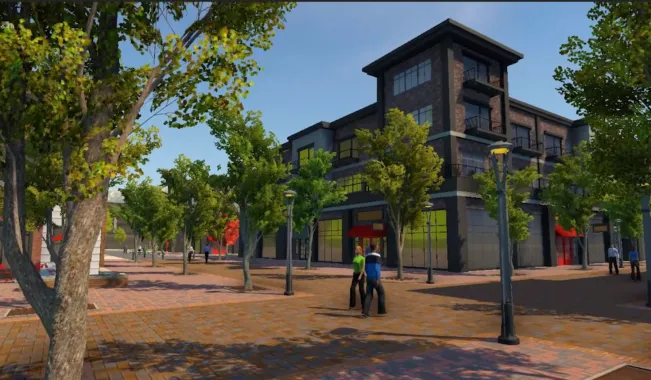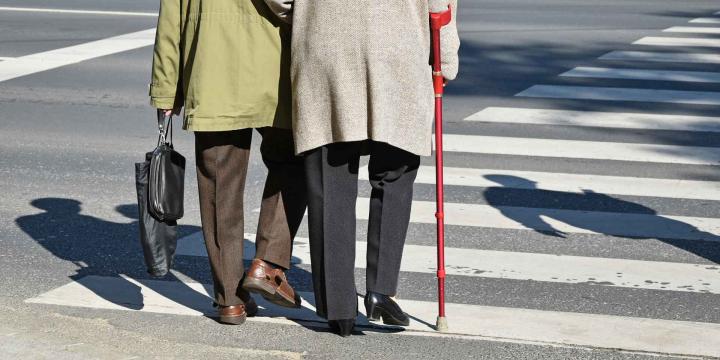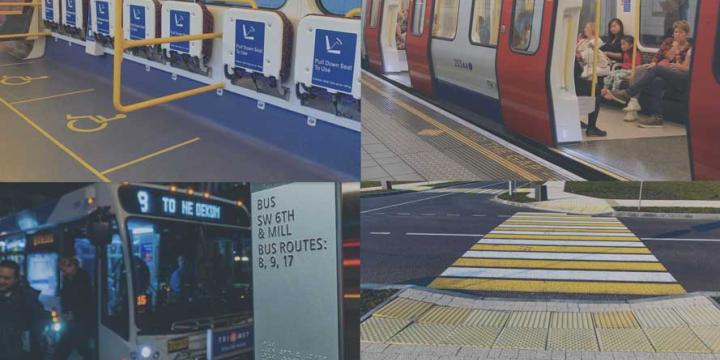Course Info
6 video lessons (45 Mins)
Published
2019-
4.54
Preview Course
Browse Course Chapters
-
1.Introduction
3 mins
-
2.Why VR is Worth the Effort
10 mins
-
3.What Makes VR... VR
6 mins
-
4.Benefits of VR
5 mins
-
5.Case Study: Orem State Street
13 mins
-
6.What You Need
6 mins
What You Will Learn
- Learn the technology and vocabulary related to virtual reality.
- Understand the benefits of virtual reality as compared to other planning visualization approaches.
- Review a case study of a public outreach process that made use of virtual reality.
- Work with SketchUp and Unity to produce content for a virtual environment.
- Optimize the performance of a virtual reality environment.
- Strategize for positive outcomes when using virtual reality to improve meeting facilitation and public engagement.
Course Description
Urban planners collaborate with the public to create habitats for civilization, along the way making use of a wide variety of technologies to share visions for the future. Virtual reality is one of the newest of these tools, presenting urban planners with opportunities to create immersive virtual experiences that inform visioning processes, design decision-making, and community engagement. Learning the application of virtual reality in urban planning makes planners better equipped to build a more sustainable future.
Course instructor Chase Mullen, director of design visualization at MIG, is an urban designer and technology expert with a unique specialization in three-dimensional (3D) visualization and graphics. In this course, Mullen introduces virtual reality in the context of urban planning.
Learn about the evolution of virtual reality technology, its key vocabulary and logistics, the benefits of virtual reality over traditional media, and what the future of public engagement may hold. The course also outlines software and hardware requirements for harnessing this exciting tool to create custom virtual reality applications. To conclude the first course in the series, Mullen dives into a case study of virtual reality in public engagement, exploring how virtual reality facilitated unanimous support for a rezoning effort in Orem, Utah.
Subsequent courses in the series cover how to create virtual reality ready 3D content using SketchUp and appropriate textures with Photoshop. The series also ties these components together using Unity to produce a standalone virtual reality application.
Learn these skills
- 3D Modeling
- Civic Engagement
- Communications & Media
- Modeling & Simulation
- Technology
- Urban Design
- Virtual Reality
AICP CM
This course is approved for .75 AICP CM credit.
AIA CES
This is 1 LU.SACPLAN CPD
This course is approved for 1 SACPLAN CPD point.



























